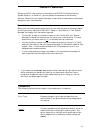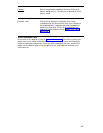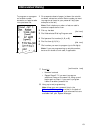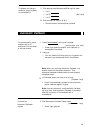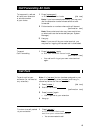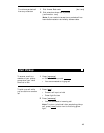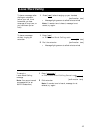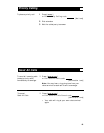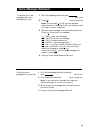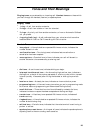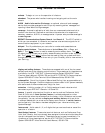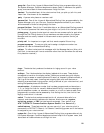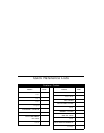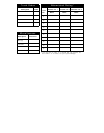
Tones and Their Meanings
Ringing tones are produced by an incoming call. Handset tones are those which
you hear through the handset (receiver) or speakerphone.
Ringing Tones
●
1 ring
—A call from another extension.
●
2 rings
—A call from outside or from the attendant.
●
3 rings —A priority call from another extension, or from an Automatic Callback
call you placed.
●
ring-ping (half ring) —A call redirected from your voice terminal to another
because Send All Calls or Call Forwarding All Calls is active.
Handset Tones
●
●
●
●
●
●
●
●
●
●
●
●
busy signal —A low-pitched tone repeated 60 times a minute; indicates the
number dialed is in use.
confirmation tone —Two rising tones; indicates a feature activation or
cancellation has been accepted.
coverage tone —One short burst of tone; indicates your call will be sent to
another extension to be answered by a covering user.
dial tone —A continuous tone; indicates dialing can begin.
intercept tone/time-out tone —An alternating high and low tone; indicates a
dialing error, a denial of the service requested, or a failure to dial within a preset
interval (usually 10 seconds) after lifting the handset or dialing the previous
digit.
local error tone —A steady low tone; indicates an incorrect button press.
programming tone —A low continuous tone when you are in programming mode
with switch features (programming an Abbreviated Dialing button).
recall dial tone —Three short bursts of tone followed by a steady dial tone;
indicates the feature request has been accepted and dialing can begin.
reorder tone —A fast busy tone repeated 120 times a minute; indicates all
trunks are busy.
ringback tone —A low-pitched tone repeated 15 times a minute; indicates the
number dialed is being rung.
self-test tone —Periodic tones; indicates that the voice terminal is continuing to
perform a self-test.
speakerphone reset tones —A rising set of tones; indicates the speakerphone is
adjusting itself to the surrounding room acoustics.
20



